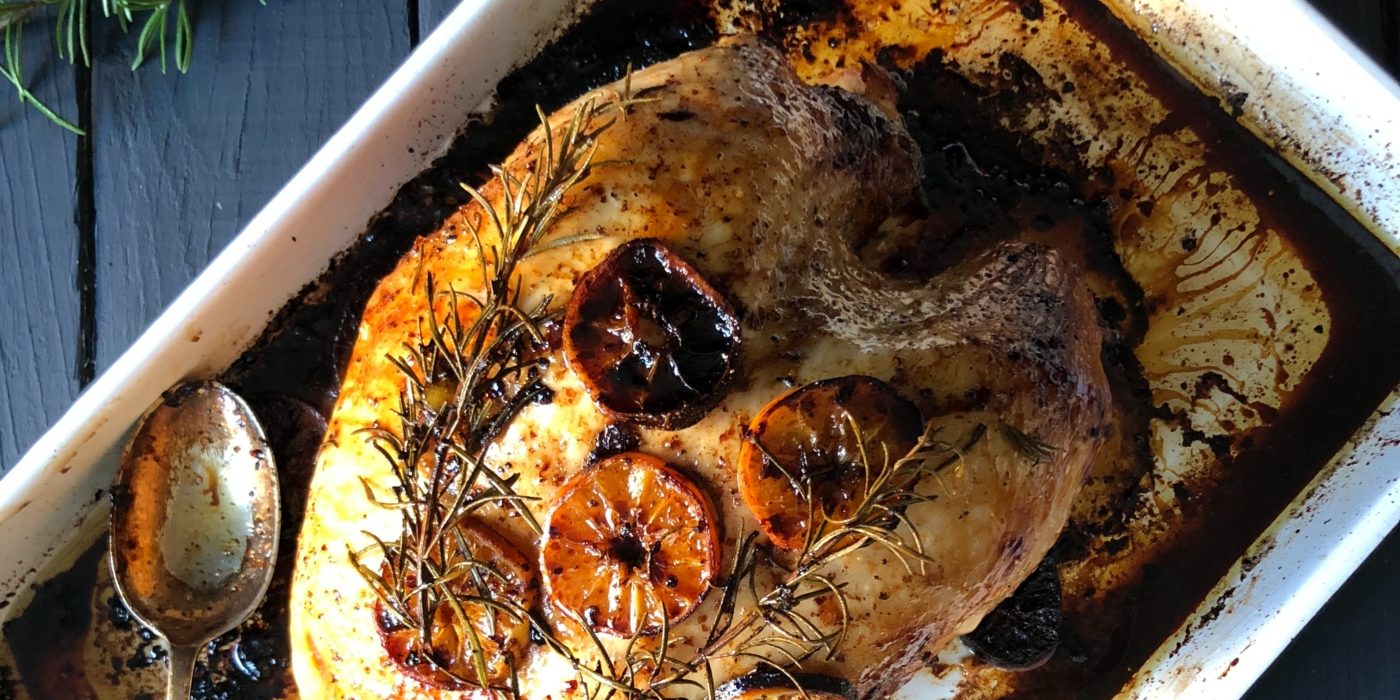Small change, big impact: learning to love leftovers
Christmas encourages us to eat and drink excessively on a scale that we wouldn’t necessarily excuse ourselves for at any other time of year. As households engage in competition to offer the most abundant Christmas feasts, it’s easy to lose sight of the environmental consequences.
Unilever has reported that each year in the UK the equivalent of four million Christmas dinners are wasted – that’s the equivalent to two million turkeys, 74 million mince pies and five million Christmas puddings. This urgently demands our attention. Not only is it a moral dilemma for the millions that cannot afford to eat at all, but the environment is at risk. It is unable to sustain consumption habits which waste staggering amounts of produce.
Christmas is a time for creativity – what better way to employ this than in our leftovers?
The external costs of food production are too easily overlooked, with over-indulging Christmas-fanatic consumers being so far removed from production processes. When we think of the required water to grow, fuel to transport and additional feed required for cattle to produce our meat, the environmental sacrifice of not cleaning our plates is obvious. In total, greenhouse gas emissions associated with food waste is the equivalent to adding an additional 33 million average passenger vehicles to our roads every year. Promisingly, though, such environmental considerations are rising in prominence, as recipes incorporating leftovers do their part in helping to resolve the climate emergency.
Leftovers are becoming increasingly on-trend. Consumers are beginning to navigate around the “sell by” and “use by” dates with pragmatism, planning meals ahead to ensure they eat products within the recommended time scale. We know to check the sell-by date hasn’t passed before buying packaged foods and are learning that we can reconfigure ‘use by’ dates by transforming one meal into another within a few days.
Forgive yourself for eating one too many mince pies on occasion, but rise above a Christmas of excess
Christmas is a time for creativity – what better way to employ this than in our leftovers? A personal favourite is Jamie Oliver’s crispy-turkey pancakes, featuring the fried left-over turkey blended with cashew nuts, dried cranberries and five spice. Alternatively, upcycle your leftover roast potatoes into a cheese frittata or curry.
Leftovers can be glamorous; it’s not just about reaching for that slice of pizza on a hungover Sunday afternoon, but also the transformation of food by mashing, chopping and frying one delicious meal to turn it into another. And when it’s scientifically proven that eating leftovers is good for you and the environment, it’s a no-brainer to try out some leftover recipes.
We should use this festive period as an opportunity to change our eating habits. Of course, forgive yourself for eating one too many mince pies on occasion, but rise above a Christmas of excess. Let’s appreciate the delightful scope of ‘the leftover’ and incorporate this into our cooking routines.

Comments